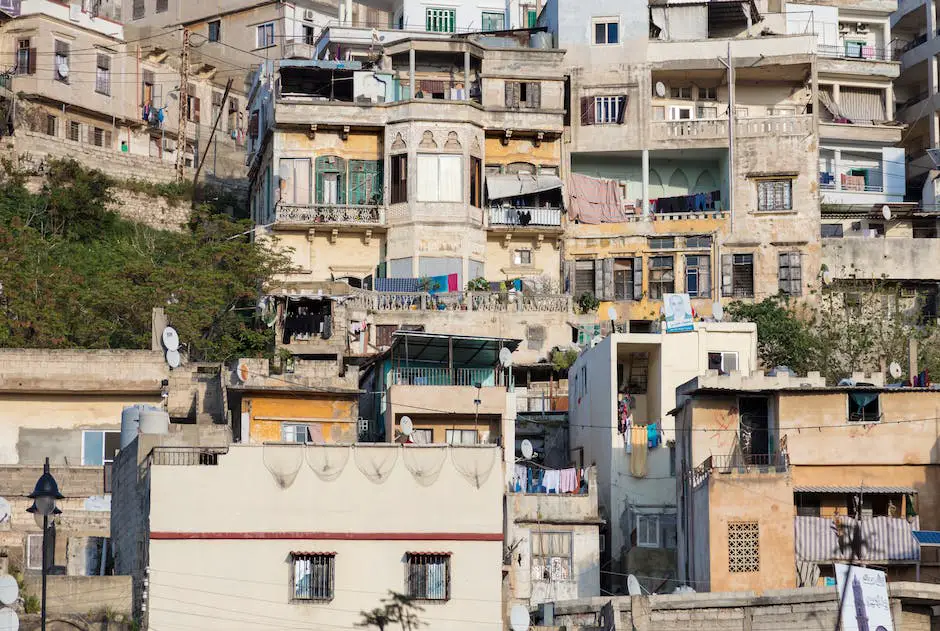
Ah, Tripoli – a city where the whispers of history blend seamlessly with the buzz of modern life. Nestled on the edge of the Mediterranean, this Libyan gem is a treasure trove of culture, history, and beauty. It’s a place where every corner tells a story, and trust me, you’ll want to listen. So, grab your walking shoes and a sense of adventure; we’re about to explore the top 10 tourist attractions in Tripoli that you simply can’t miss.
The Red Castle Museum (Assaraya al-Hamra)
Perched high with a commanding view of the city and sea, the Red Castle Museum, or Assaraya al-Hamra, is a fortress of knowledge. Its walls, rich with history, house an extensive collection of artifacts that span Tripoli’s diverse past. From Roman sculptures to Islamic manuscripts, each exhibit whispers tales of bygone eras. It’s a must-visit for history buffs and the curious alike.
The Arch of Marcus Aurelius
Imagine strolling through the heart of Tripoli and stumbling upon the Arch of Marcus Aurelius. This ancient Roman arch is a testament to Tripoli’s layered past. Standing since the 2nd century, it’s a relic of the Roman presence in the city. Take a moment to marvel at its intricate carvings – they’re a silent ode to the city’s enduring legacy.
Gurgi Mosque
Next on our list is the Gurgi Mosque, with its striking architecture that captures the essence of Tripoli’s Islamic heritage. Built by the Gurgi family in the 19th century, its minaret reaches towards the heavens, a beacon of faith and beauty. Inside, the mosque’s ornate decorations and tranquil ambiance offer a peaceful retreat from the bustling streets.
The Medina of Tripoli
Wandering through the Medina of Tripoli is like stepping into a labyrinth of history. The narrow alleys are lined with shops brimming with local crafts, spices, and textiles. The air is perfumed with the scent of traditional foods, and the sounds of daily life echo off ancient walls. It’s a vibrant heart of the city that pulses with the rhythm of local culture.
Tripoli’s Old City
Don’t miss the Old City, where every stone-paved street tells a story. Here, you’ll find a blend of Ottoman and Italian colonial architecture, each building a chapter in Tripoli’s historical narrative. It’s a place where the past is not just remembered; it’s lived and breathed.
Al-Naqah Mosque
The Al-Naqah Mosque stands as a symbol of Tripoli’s spiritual soul. Its history dates back to the 16th century, offering a serene sanctuary for prayer and reflection. The mosque’s intricate design and peaceful courtyard are a testament to the city’s architectural prowess and religious devotion.
The Clock Tower
In the heart of Tripoli, the Clock Tower stands as a sentinel of time. Erected during the Ottoman era, it has witnessed the ebb and flow of the city’s fortunes. Its ticking hands are a reminder of the city’s resilience and its ability to stand the test of time.
The Karamanli House
For a glimpse into the domestic life of Tripoli’s past, visit the Karamanli House. Once the residence of the Karamanli dynasty, this 18th-century house is now a museum. Its rooms are adorned with period furniture and decorations, offering a window into the opulent lifestyle of Tripoli’s former rulers.
The Street of the Knights
Take a walk down the Street of the Knights, where history echoes with every step. This historic street was once home to the Knights of St. John during their rule over Tripoli. Today, it’s a testament to the city’s multicultural layers, with remnants of its storied past still visible in the architecture and atmosphere.
Tripoli’s Beaches
After a day of exploration, unwind on the Sandy shores of Tripoli’s beaches. The Mediterranean Sea offers a refreshing escape, with azure waters that invite you to dive in. Whether you’re looking to relax or indulge in water sports, Tripoli’s coastline is the perfect finale to your adventure.
FAQs
- What is the best time to visit Tripoli?
The ideal time to visit Tripoli is in the spring (March to May) or fall (September to November) when the weather is pleasant, and the city is not too crowded.
- Is Tripoli safe for tourists?
While Tripoli has faced challenges, many areas are safe for tourists. However, it’s always wise to check current travel advisories and consult with local guides for the latest information.
- Can I find guided tours in Tripoli?
Absolutely! Guided tours are a fantastic way to delve into Tripoli’s history and culture. Local guides can provide insights that you might not discover on your own.
Conclusion
In conclusion, Tripoli is a city where the past and present dance in harmony. From the Red Castle Museum to the tranquil beaches, each attraction offers a unique slice of this city’s soul. Whether you’re a history enthusiast, a culture vulture, or simply in search of new experiences, Tripoli’s top 10 tourist attractions promise a journey filled with discovery and wonder. So why not make Tripoli your next destination and see for yourself what makes this city truly enchanting?
Remember, Tripoli is more than just a spot on the map; it’s a living museum, a canvas of cultures, and a testament to the resilience of the human spirit. So, pack your bags, bring your curiosity, and get ready to be captivated by the timeless allure of Tripoli’s attractions. Who knows? You might just leave with stories of your own to tell.